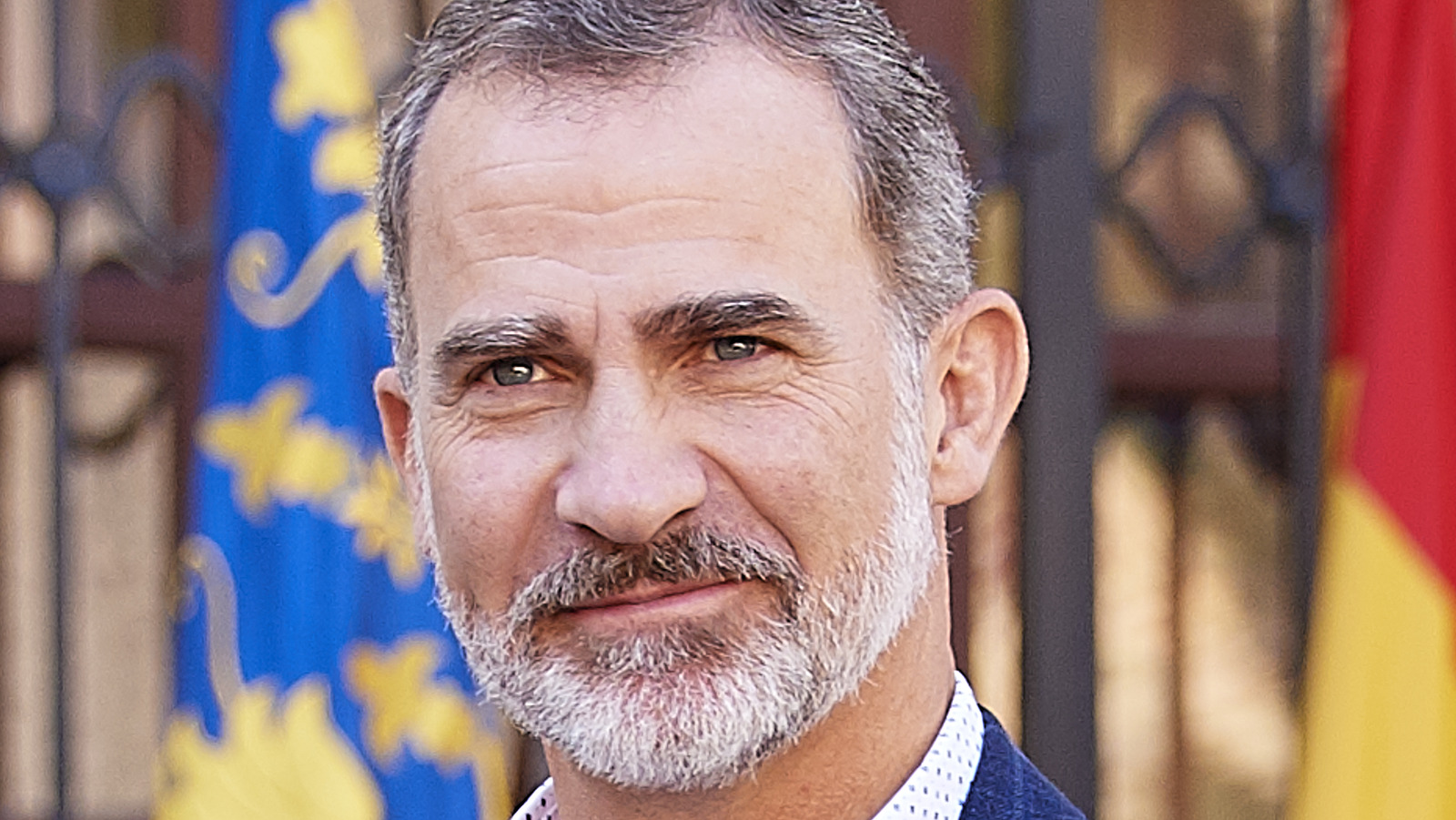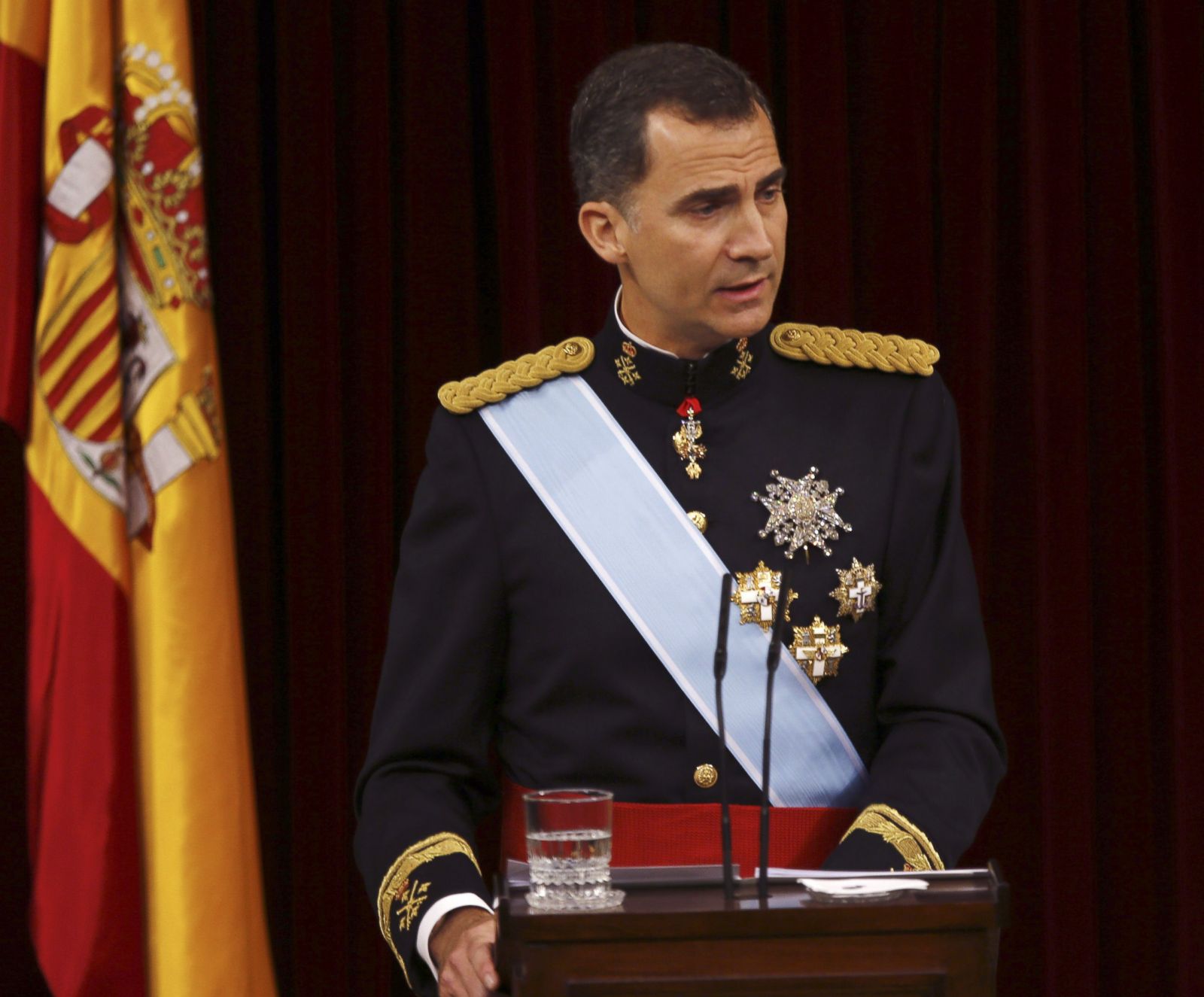Current Reign of King Felipe VI: King Of Spain

King of spain – King Felipe VI has been the reigning monarch of Spain since 2014. As the head of state and symbol of national unity, he plays a crucial role in representing the country both domestically and internationally.
The King of Spain, Felipe VI, has long been a patron of the arts and sports. His support for Egyptian tennis player Mayar Sherif is a testament to his commitment to promoting diversity and excellence in the sporting world. Sherif’s impressive performances on the international stage have brought recognition to her country and inspired young athletes around the globe.
As the King of Spain continues to champion the values of sportsmanship and fair play, he serves as a role model for all who believe in the transformative power of human endeavor.
Felipe VI’s reign has been marked by several key events and accomplishments. These include his efforts to promote constitutional stability, strengthen democratic institutions, and foster economic growth. He has also played an active role in international affairs, advocating for peace, cooperation, and sustainable development.
In the royal annals of Europe, the King of Spain stands as a symbol of tradition and pageantry. Yet, beyond the gilded halls of his palace, the modern world beckons. Kate Middleton , the Duchess of Cambridge, embodies this intersection of heritage and modernity.
Her marriage to Prince William has brought the British monarchy closer to the people, much like the King of Spain’s efforts to engage with his subjects.
Responsibilities and Role
As the King of Spain, Felipe VI has a wide range of responsibilities and duties. These include:
- Representing Spain at home and abroad
- Sanctioning and promulgating laws
- Appointing and dismissing government officials
- Commanding the armed forces
- Granting pardons
- Declaring war and peace
Historical Significance of the Spanish Monarchy
The Spanish monarchy traces its origins back to the Middle Ages, with the Visigothic Kingdom of Toledo (507-711 AD). The monarchy played a pivotal role in the Reconquista, the centuries-long struggle to expel Muslim rulers from the Iberian Peninsula. In the 15th century, the marriage of Ferdinand II of Aragon and Isabella I of Castile unified Spain under a single monarchy.
The Habsburg Dynasty
The Habsburg dynasty ruled Spain from 1516 to 1700. Under the Habsburgs, Spain became a global empire, spanning vast territories in Europe, the Americas, and Asia. The reign of Philip II (1556-1598) marked the peak of Spanish power and influence. However, the dynasty’s decline began in the late 16th century, culminating in the War of the Spanish Succession (1701-1714).
The Bourbon Dynasty
The Bourbon dynasty succeeded the Habsburgs in 1714. Under the Bourbons, Spain underwent significant reforms, including the introduction of a new constitution in 1812. However, the monarchy faced challenges, including the Carlist Wars (1833-1876) and the Spanish-American War (1898), which led to the loss of Spain’s overseas colonies.
The 20th Century
The 20th century witnessed the monarchy’s abolition (1931-1939) during the Second Spanish Republic. The monarchy was restored in 1947 with the accession of Francisco Franco, who ruled as dictator until his death in 1975. After Franco’s death, the monarchy was restored under Juan Carlos I, who reigned until his abdication in 2014.
Role of the King in Modern Spain

The Spanish monarchy has undergone significant transformation in recent decades, adapting to the changing political and social landscape of the country. The King of Spain plays a largely ceremonial and symbolic role in the modern Spanish government, with his powers and responsibilities defined by the Spanish Constitution.
Constitutional Role
According to the Spanish Constitution of 1978, the King is the Head of State and the symbol of the unity and permanence of the Spanish nation. He is the commander-in-chief of the armed forces and has the power to declare war and make peace, but these powers are exercised in consultation with the government. The King also has the power to dissolve the Cortes Generales (the Spanish parliament) and call for new elections, but this power is rarely used.
State Affairs
The King’s involvement in state affairs is primarily ceremonial and symbolic. He presides over official ceremonies, such as the opening of parliament and the swearing-in of new governments. He also represents Spain at international events and receives foreign dignitaries. In addition to these ceremonial duties, the King also plays a role in promoting Spanish culture and values.
Evolving Role, King of spain
The role of the monarchy in modern Spain has evolved significantly over time. In the past, the monarchy was a powerful institution with absolute power. However, after the Spanish Civil War and the transition to democracy, the monarchy’s role was reduced to a largely ceremonial and symbolic one. The current King, Felipe VI, has continued this trend, emphasizing the monarchy’s role as a symbol of national unity and stability.